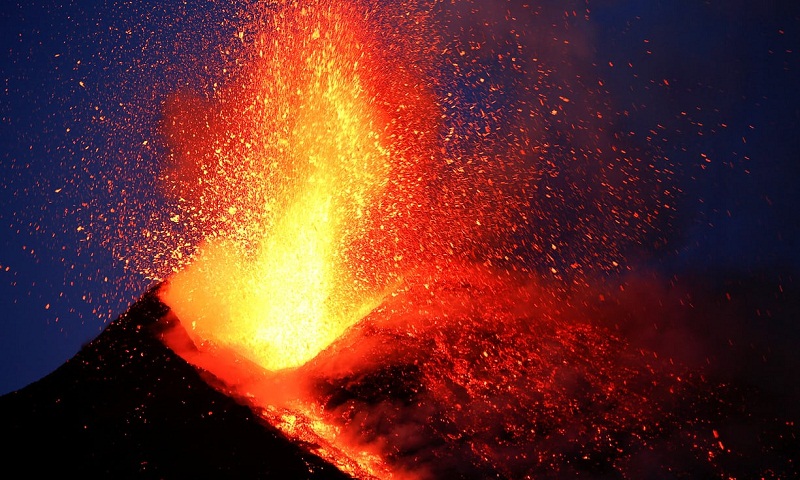Underground magma triggered Earth’s worst mass extinction with greenhouse gases

Coincidence doesn’t prove causality, as they say, but when the same two things happen together over and over again through the vast span of geological time, there must be a causal link. Of some 18 major and minor mass extinctions since the dawn of complex life, most happened at the same time as a rare, epic volcanic phenomenon called a Large Igneous Province (LIP). Many of those extinctions were also accompanied by abrupt climate warming, expansion of ocean dead zones and acidification, like today. Earth’s most severe mass extinction, the “Great Dying,” began 251.94 million years ago at the end of the Permian period, with the loss of more than 90% of marine species. Precise rock dates published in 2014 and 2015 proved that the extinction coincided with the Siberian Traps LIP, an epic outpouring of lava and intrusions of underground magma covering an area of northern Asia the size of Europe. But those rock dates presented science with a new puzzle: why was the mass extinction event much shorter than the eruptions? And why did the extinction happen some 300,000 years after the lava began to flow? Now in a new study published in Nature Communications, Seth Burgess of the US Geological Survey, along with James Muirhead of Syracuse University and Samuel Bowring of MIT, think they have the answer. As Burgess told me: It’s clearly not the entirety of the LIP that’s guilty. There’s a subinterval that’s doing the work, and I set out to figure out which subinterval that was, and what makes it special. Burgess noticed that the beginning of the mass extinction, as well as a jolt to the carbon cycle and abrupt climate warming, coincided exactly with a switch in the style of volcanic activity in the Siberian Traps. During the initial 300,000 years of the eruptions, basalt lava poured over a vast area of Siberia building to several kilometers thick. In this time there was some stress to life in the Northern Hemisphere, but no mass extinction. Life only began to disappear across the globe at exactly the same time that lava stopped erupting above ground, and instead began to inject as sheets of magma underground.

